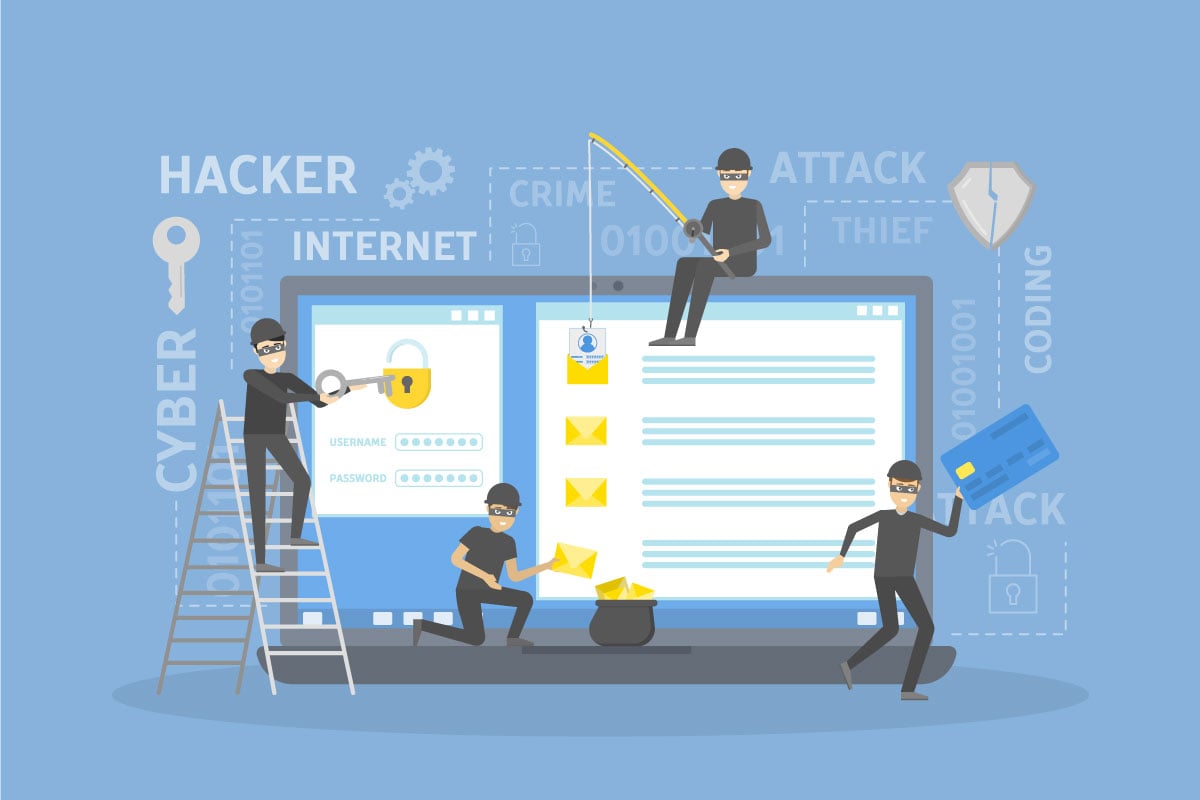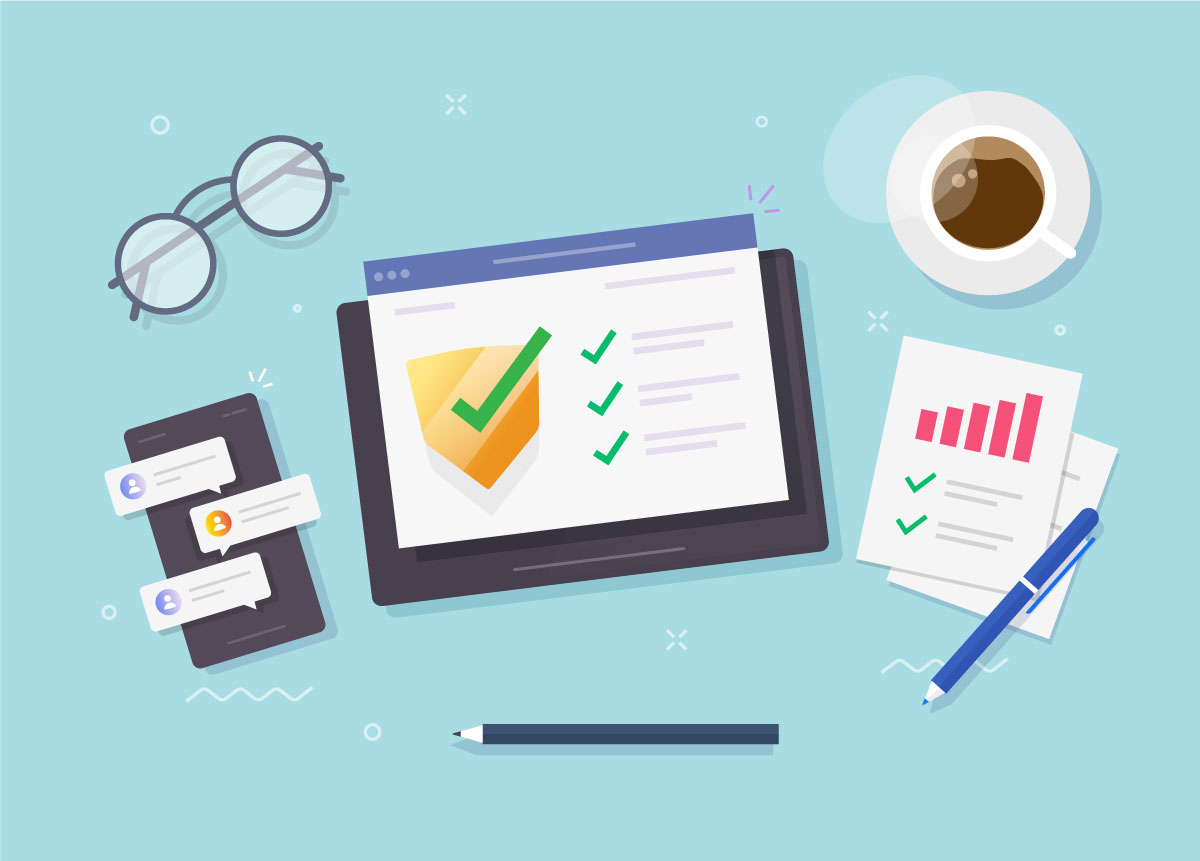Identity theft occurs when someone uses another individual’s personal information to commit fraud or other serious crimes. This can have devastating consequences to the victims who are left to pick up the pieces. This guide can help you identify ways to better prevent identity theft and protect your personal information.
Shred Sensitive Documents
Many documents contain sensitive information that could be used for identity theft and fraud. This includes things like old checks, documents with addresses, phone numbers or social security numbers, bills, applications, bank statements, and more. Shredding these documents can help you to minimize the risks of identity theft by keeping these documents out of the trash and the hands of fraudsters.
Wasatch Peaks offers Shred Days at our branches throughout the summertime to help community members protect their identities. These events are free to utilize and are a great way to get rid of those documents that you’ve been hanging onto.
Choose Secure Passwords
An important step to preventing identity theft is to choose secure passwords. Having a secure password can help keep hackers out of your accounts and keep your information safe. Here are some tips to help you choose a secure password:
-
Choose a password that is at least 8 to 12 characters long.
-
Use a mix of uppercase and lowercase letters, numbers, and special characters.
-
Avoid using personal information, like names of family members of pets or birthdates.
-
Avoid common passwords like “123456,” “qwerty,” or “password.”
There are additional actions that you can take to help improve the overall security of your password. These actions can either make it difficult to access or guess your password and will protect your other accounts in the case of a breach.
-
Avoid repeating passwords – this will prevent a breach from reaching multiple accounts.
-
Change your passwords regularly.
-
Avoid writing your passwords down – a secure password management program is a much safer option if you need assistance in remembering them.
-
Utilize two-step verification whenever possible, this adds an extra layer of security that is harder to breach.
-
Log out of websites when you are finished using them.
Use Good Online Security Practices
In a time where technology and online accessibility are vital to daily functions, being aware of your online presence and what you share online can help protect your identity.
Keeping your personal information private is an important part of online safety. Be careful of what you post and share online, especially on social media. Avoid sharing photos of important IDs or documents, or participating in trends that give away your personal information. Learn more about social media safety by checking out this article.
There are several things you can do to ensure that your online security is the best it can be. First, keep your device software current by installing software updates when available. These updates can provide updated security features to the device to match the latest cyber-attacks or bugs.
Be cautious when using public wi-fi or charging devices, both of which can open a door to allow hackers to access information on your devices. Backup your data to ensure that if your information is wiped or locked, you’ll be able to restore your files without having to pay a ransom.
URLs and links are another way that hackers will often try to trick you into giving away your information. When browsing the internet, ensure that websites are secure and that the lock symbol is next to the URL to verify the secure access – especially when entering personal or payment information.
Along the same lines, verify that you know that links are safe before you click on them. Do you know the sender? Is the email legitimate? This can help you avoid falling for phishing scams.
Monitor Your Accounts
Regularly checking your accounts and credit history can help you identify fraudulent activities or any attempts to steal your identity. Carefully look through the transactions on your account to ensure that there aren’t any transactions that are suspicious or that you don’t remember making.
Identifying fraud early can help minimize the impact of the identity theft and prevent further action from being taken. For more help in identifying credit card fraud, check out these five tips.
Fraud Alerts and Credit Freezes
There are options available to help prevent identity theft if you believe your information has been compromised, or if you’d like an extra layer of security for your credit. The three major credit bureaus, Experian, Equifax, and TransUnion, all offer fraud alerts and credit freezes tied to your social security number.
Fraud Alert
If you suspect that you may be victim to fraud, you may want to utilize a fraud alert. A fraud alert adds a barrier of security when it comes to opening new credit under your name, almost like a two-factor verification. This alert means that the business or lender is required to contact you to issue any new credit in your name. This is free to place on your account and expires after a year, at which point it can be renewed. You will only need to contact one credit bureau, who is then required to notify the other two. An extended fraud alert is also available to those who have experienced identity theft.
Credit Freeze
Anyone is eligible to place a free credit freeze on their account. This limits access to your credit report and won’t allow any new credit to be opened in your name but will allow things like job or rental checks through. If you do need to apply for credit, like a card or loan, you can temporarily lift the freeze. Unlike the fraud alert, a credit freeze will stay on your account until you lift it. You’ll also need to call each credit bureau individually to put the credit freeze in place.
Utilize Identity Protection
Identity theft protection is available to help monitor your credit and information. It can be helpful to have extra monitoring and protection, especially if you can access services beyond your resources – including black market or dark web monitoring or additional recovery services if anything happens.
These programs vary in pricing and products, so make sure to shop around and find a trusted source and a reasonable price. The Benefits Plus® program is available with any Wasatch Peaks checking account for only $6 a month. This program includes access to Ultimate ID® Theft Protection, which provides credit monitoring from all 3 credit bureaus, internet monitoring – including black market and social networking sites, remediation, and much more.
Identity theft can be devastating to experience, and prevention is typically much easier to manage than recovery. Using these tips can help you minimize the chances of having your identity stolen.
Learn more about Benefits Plus® and Ultimate ID® Theft Protection



